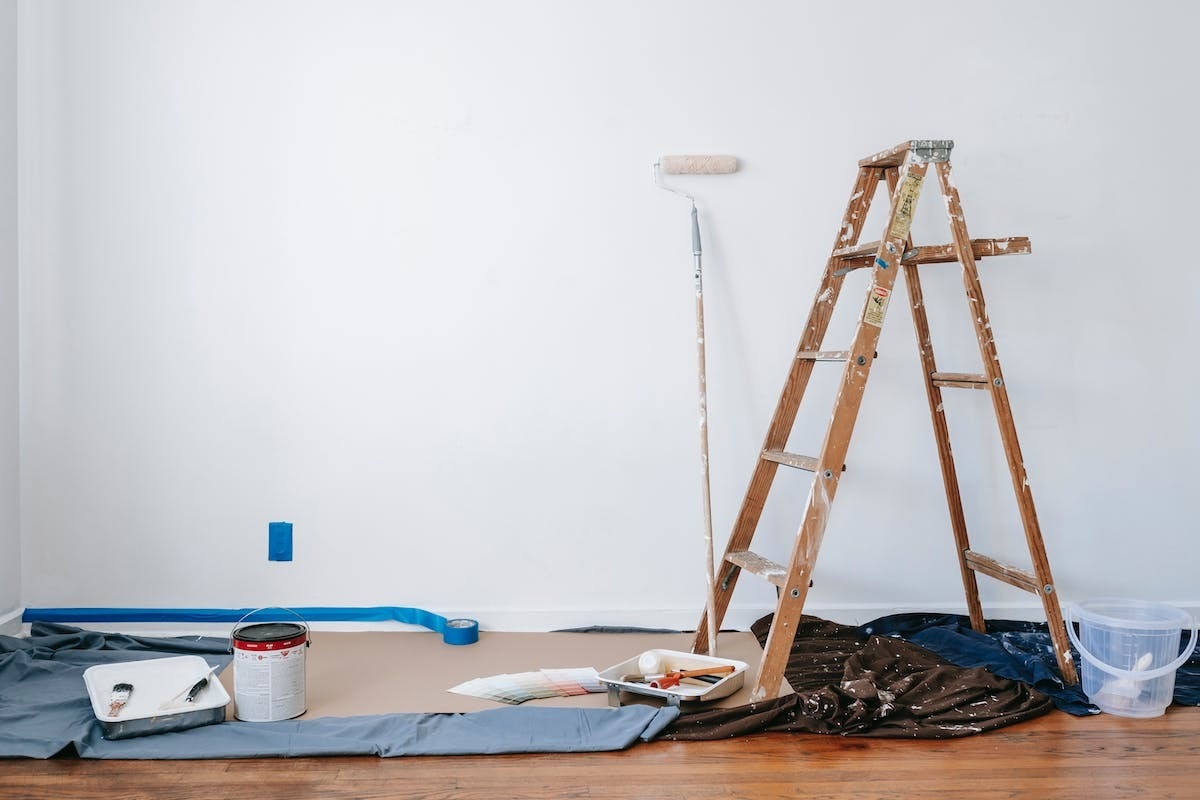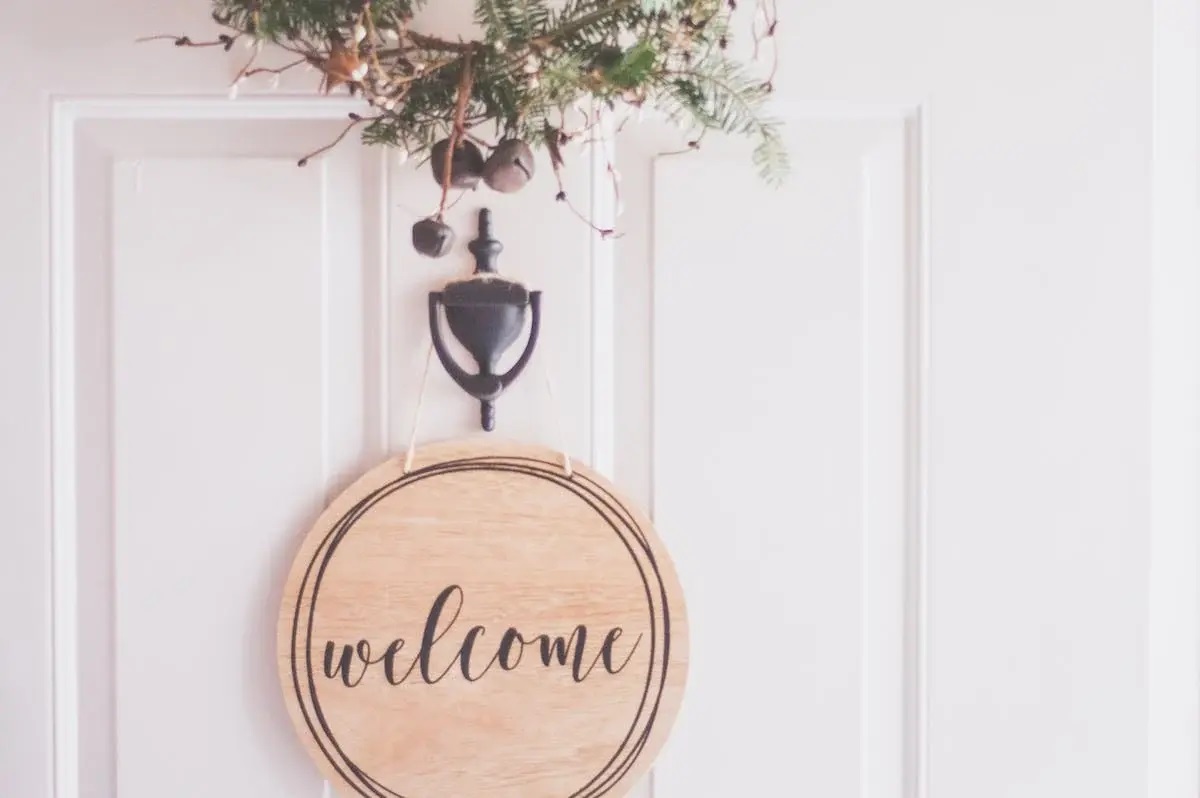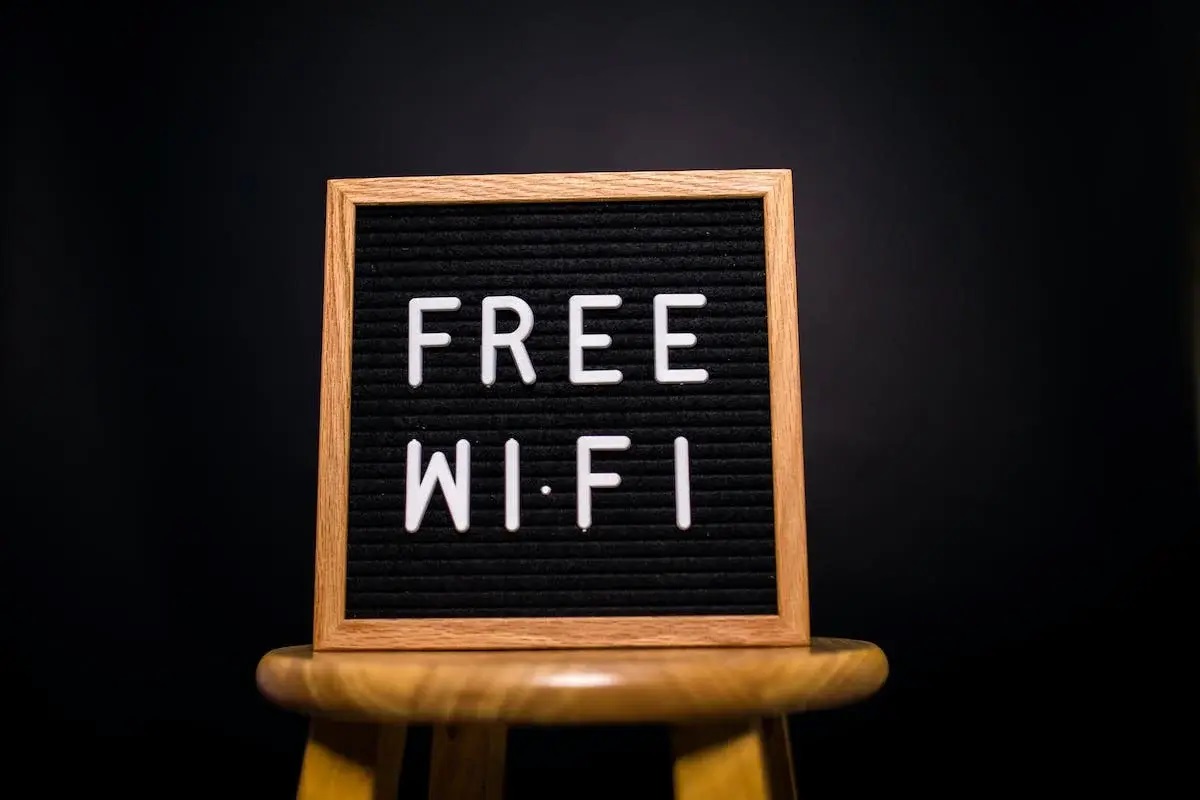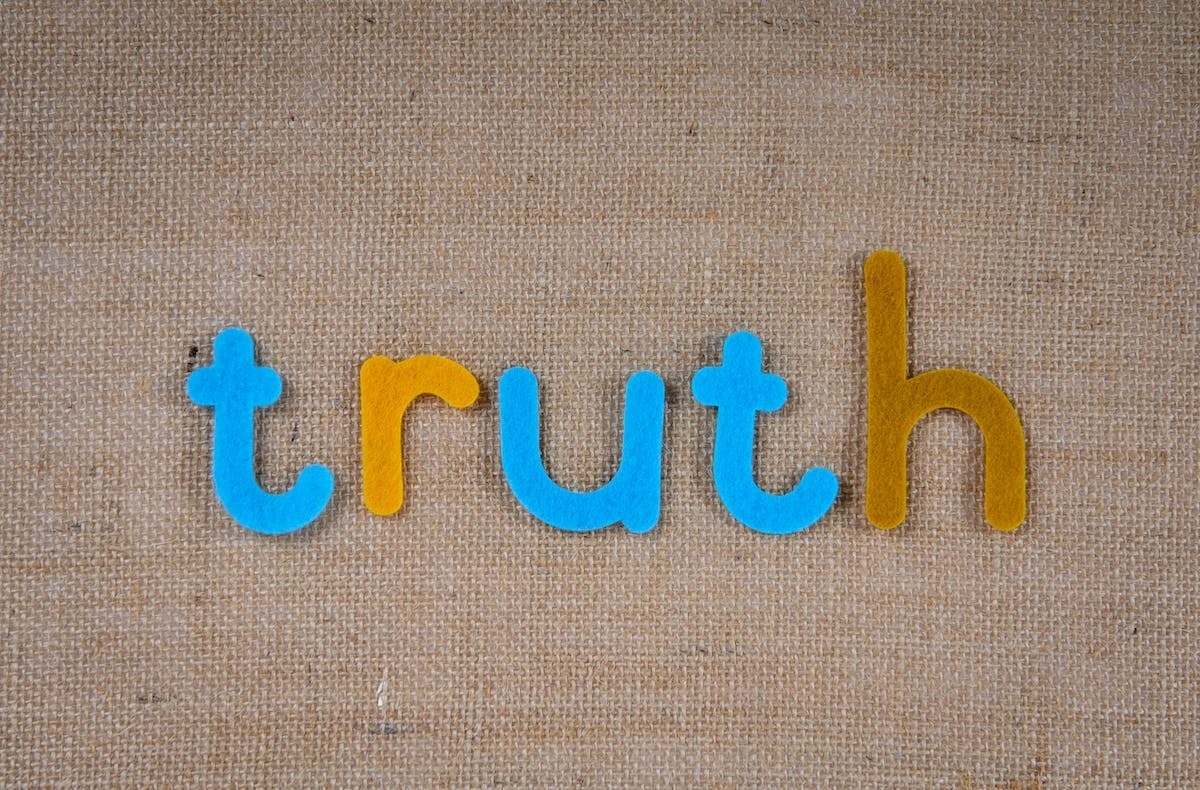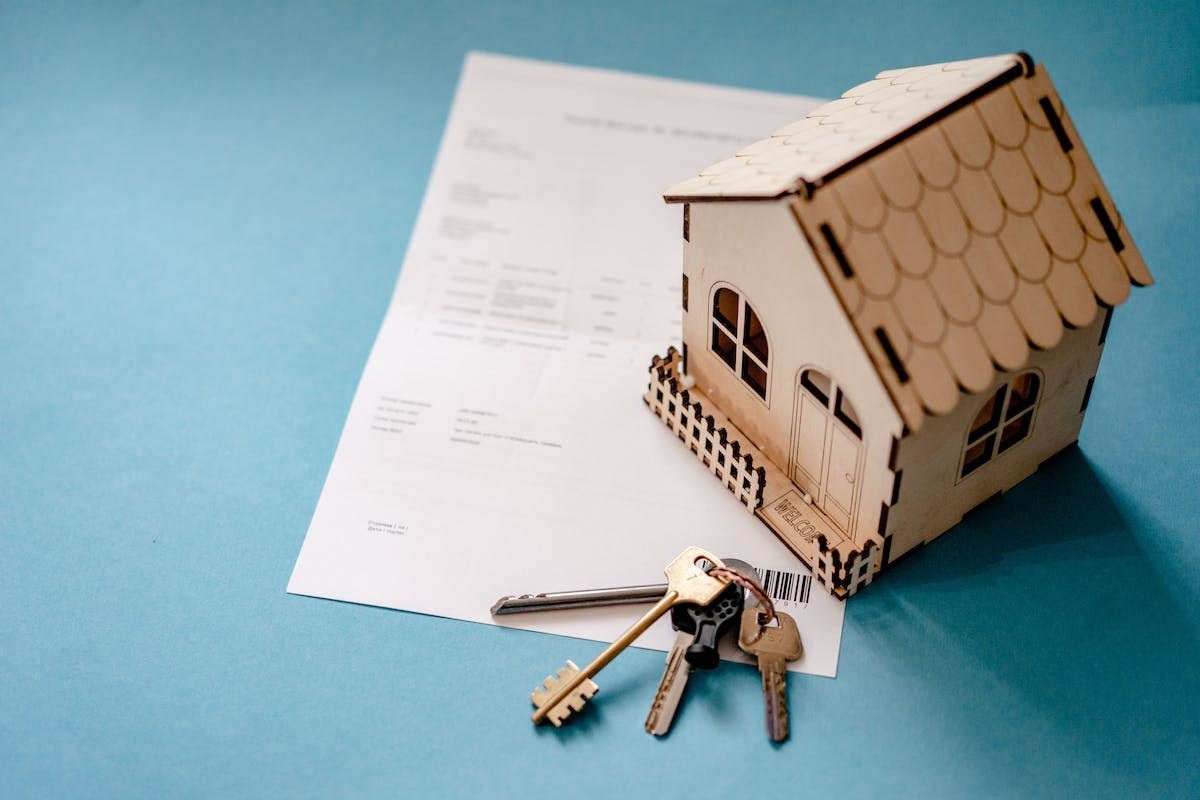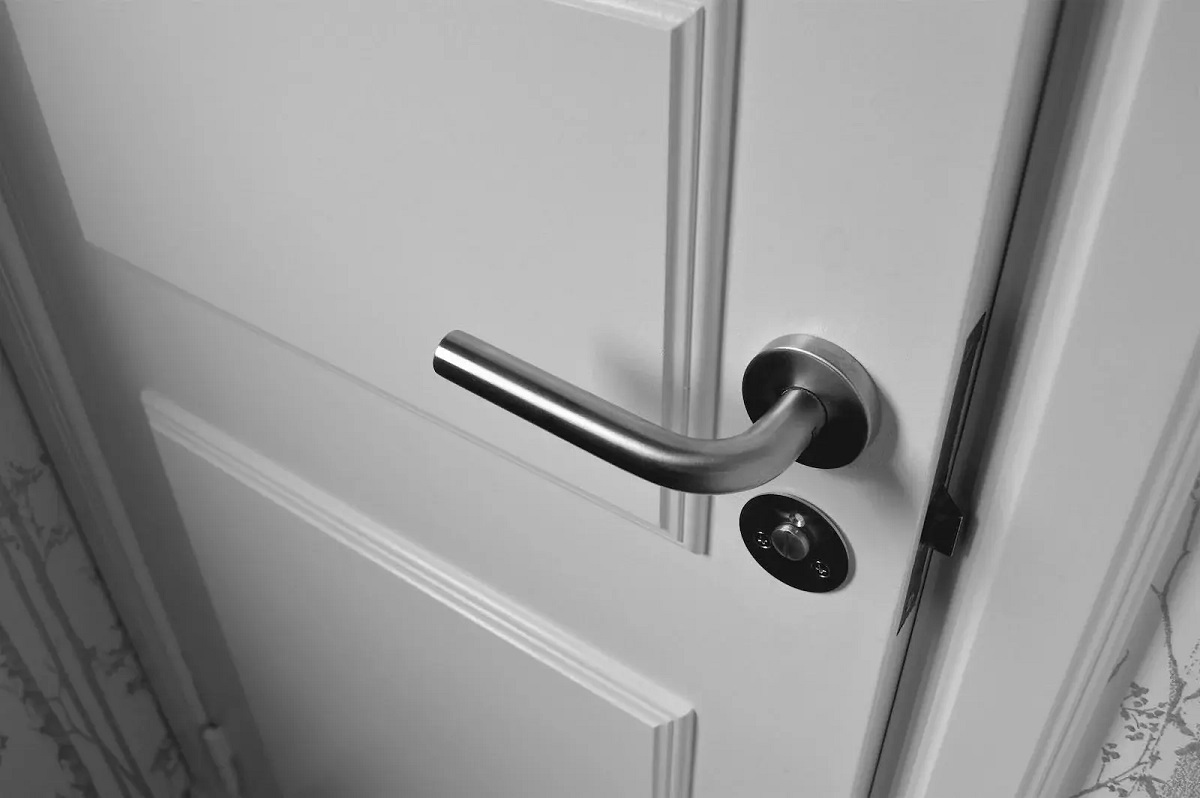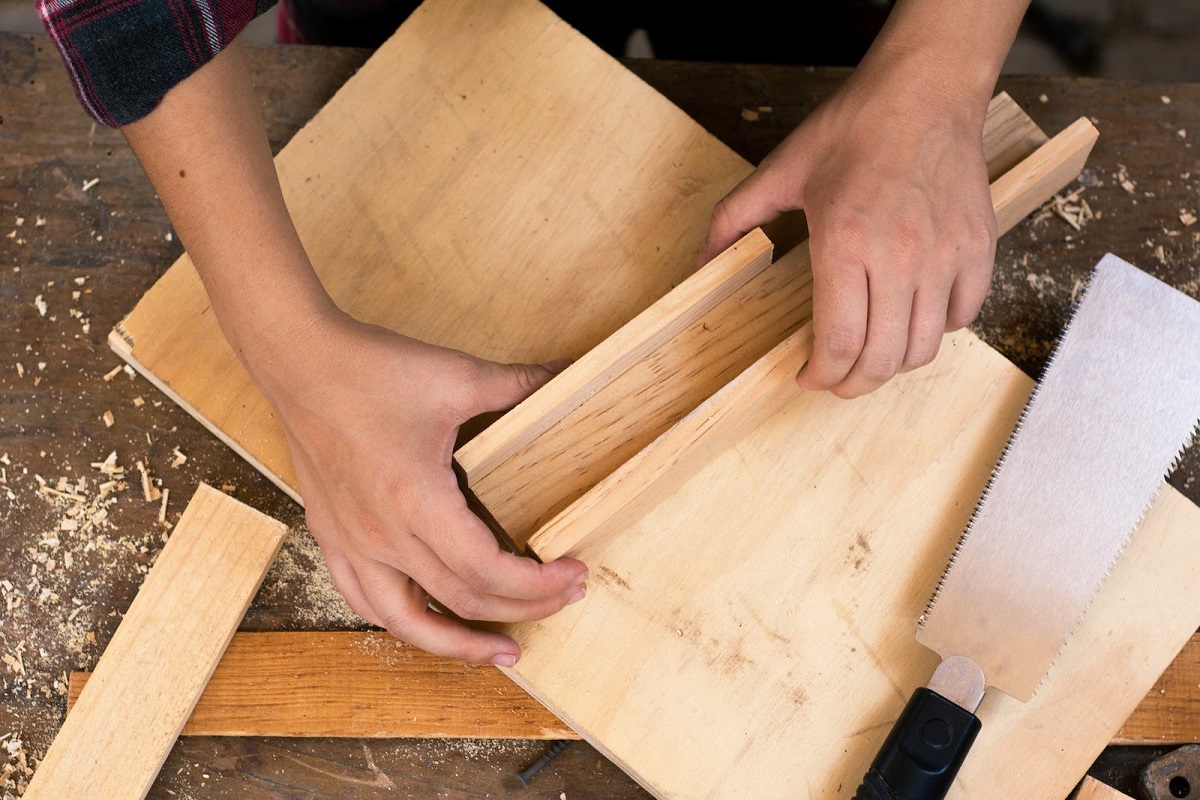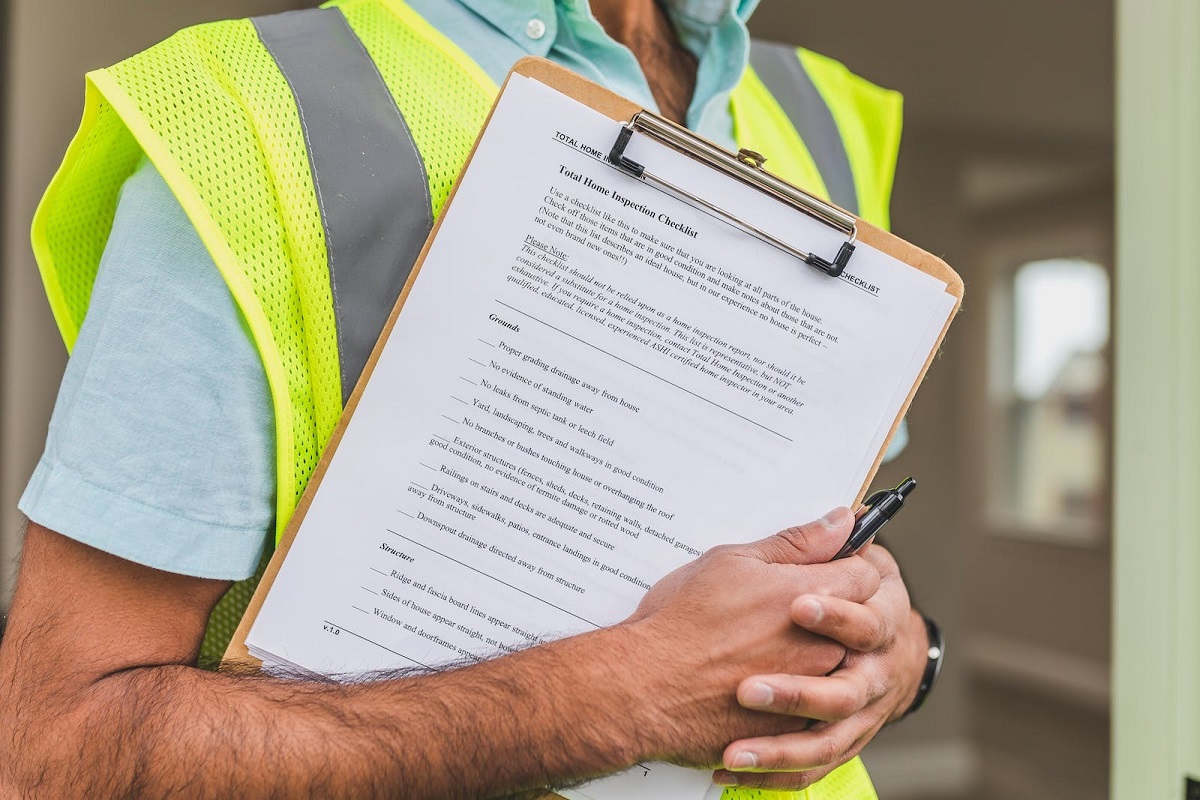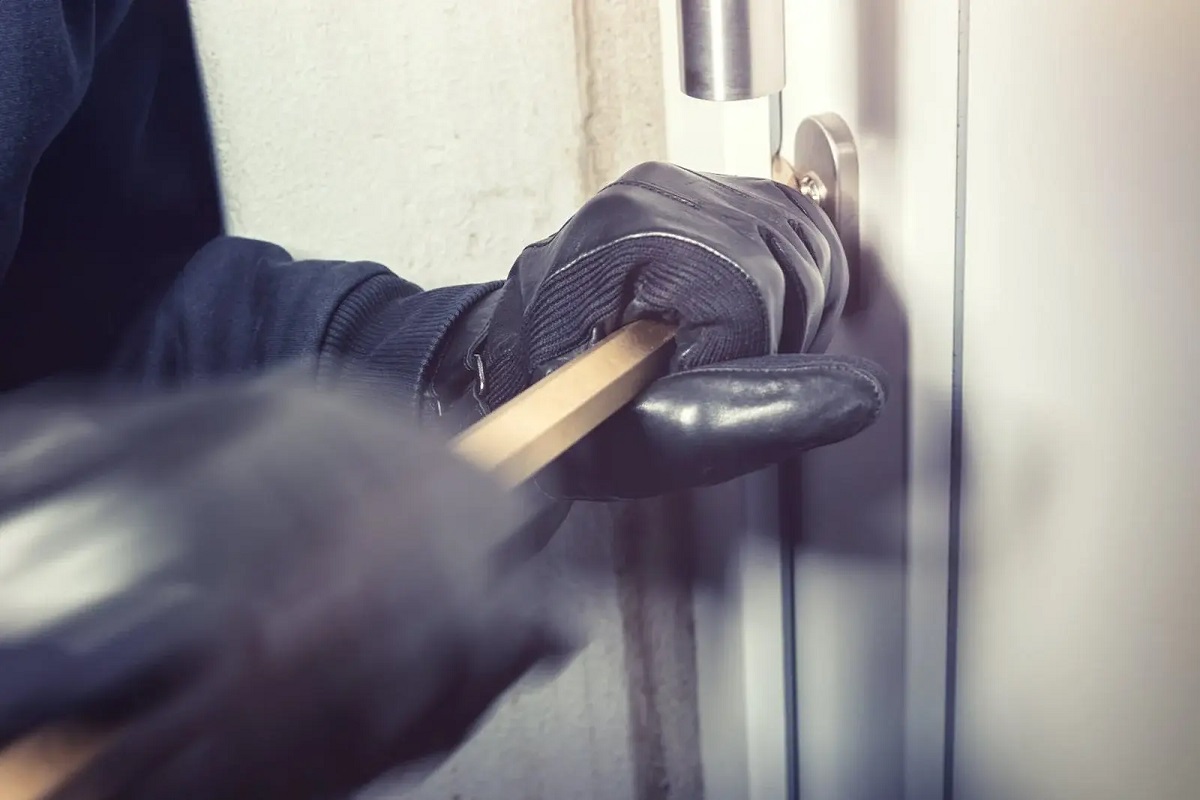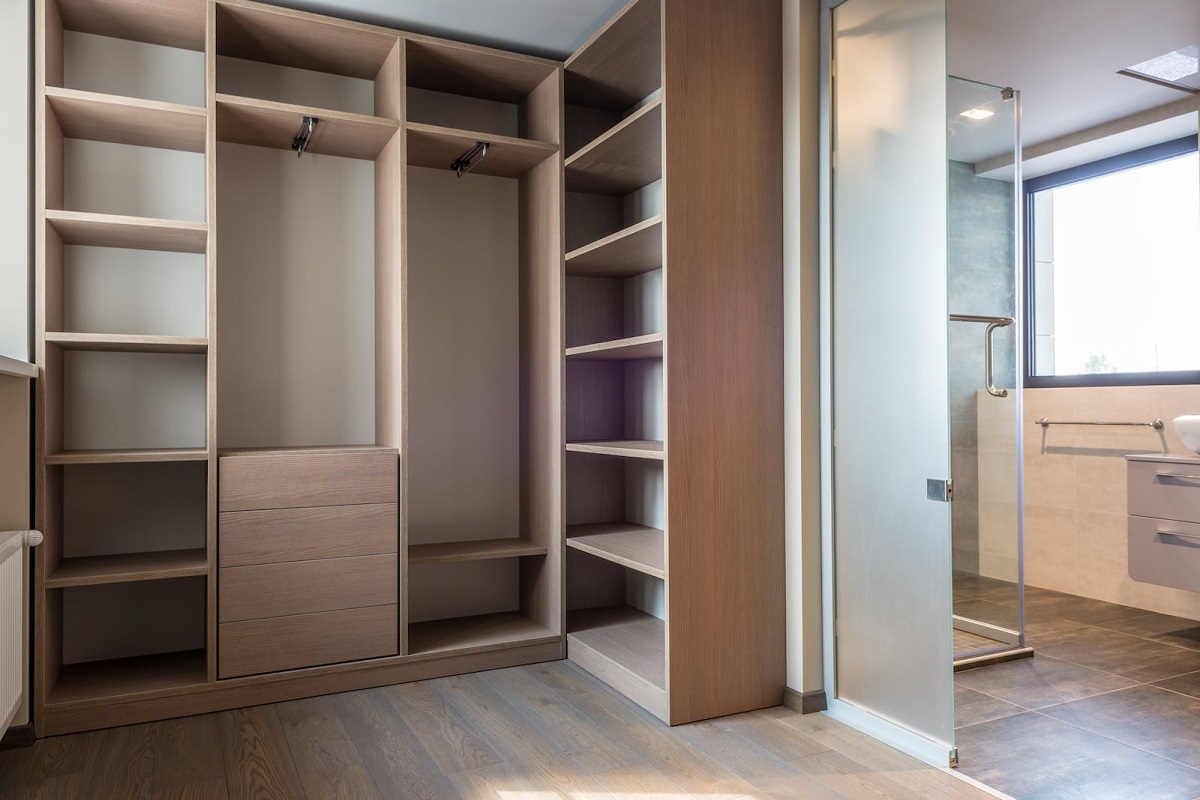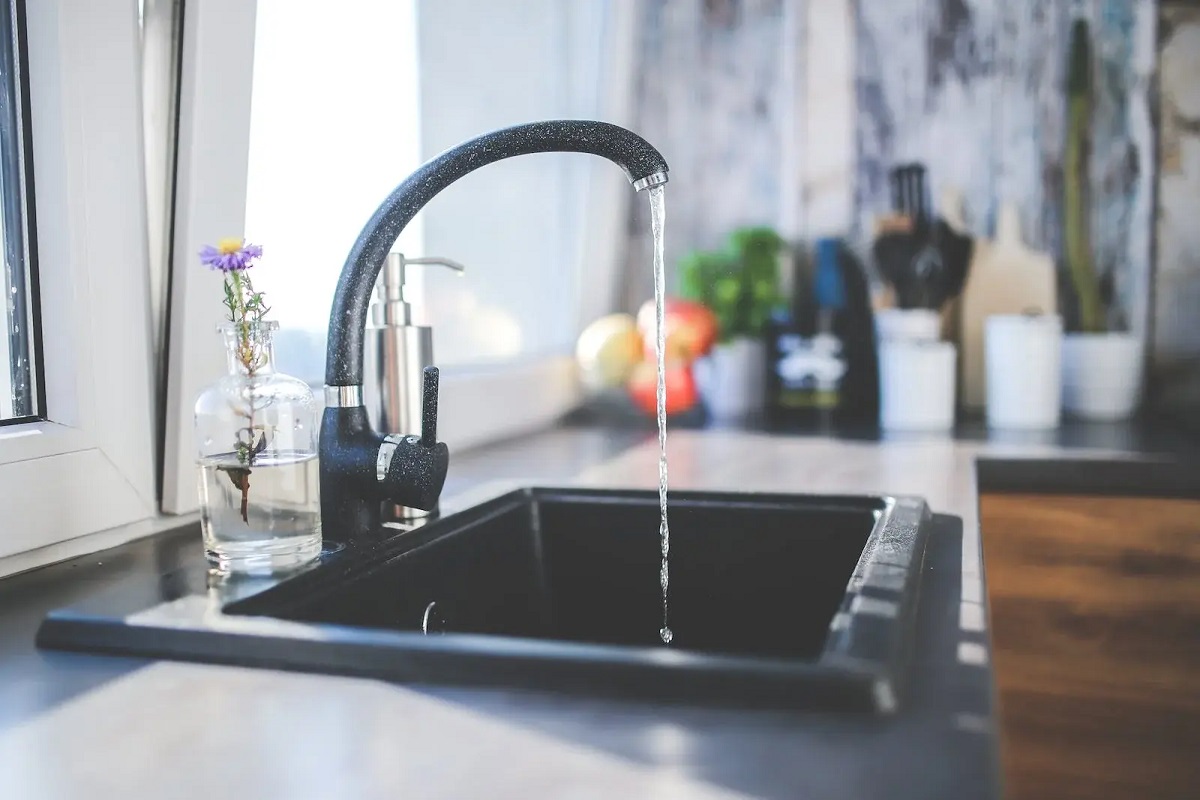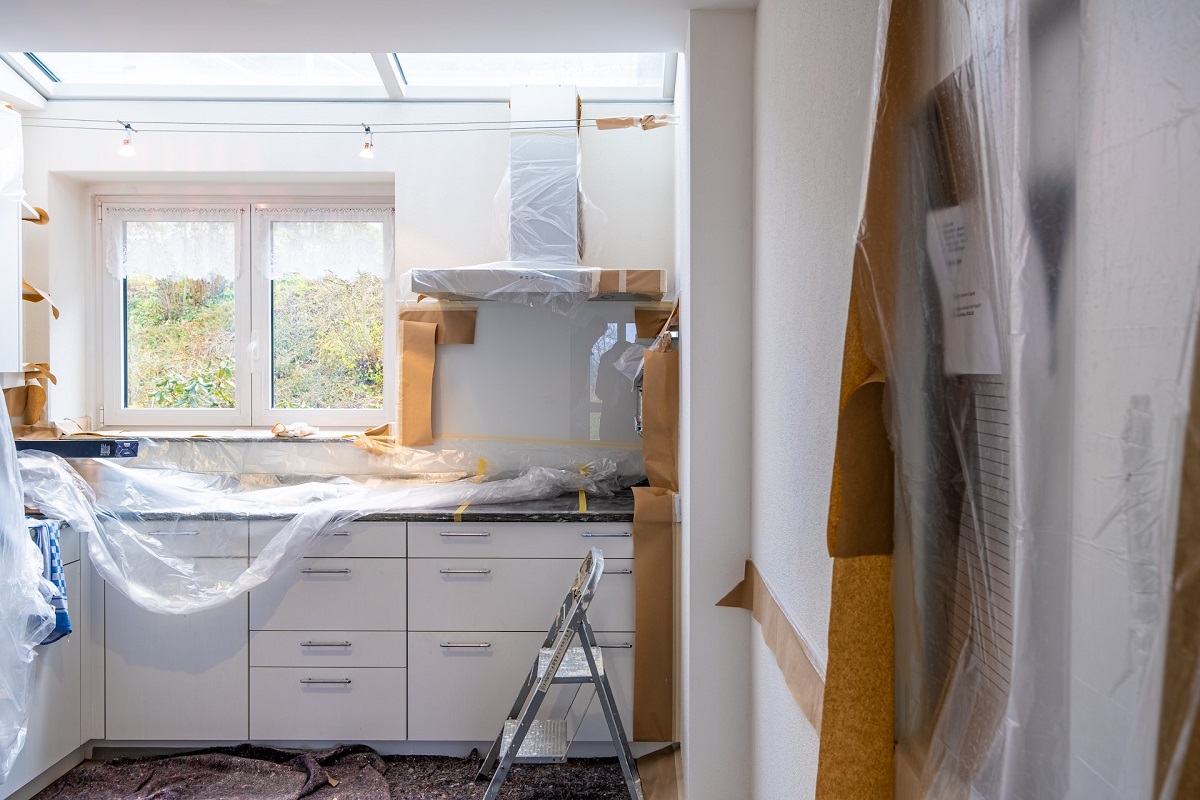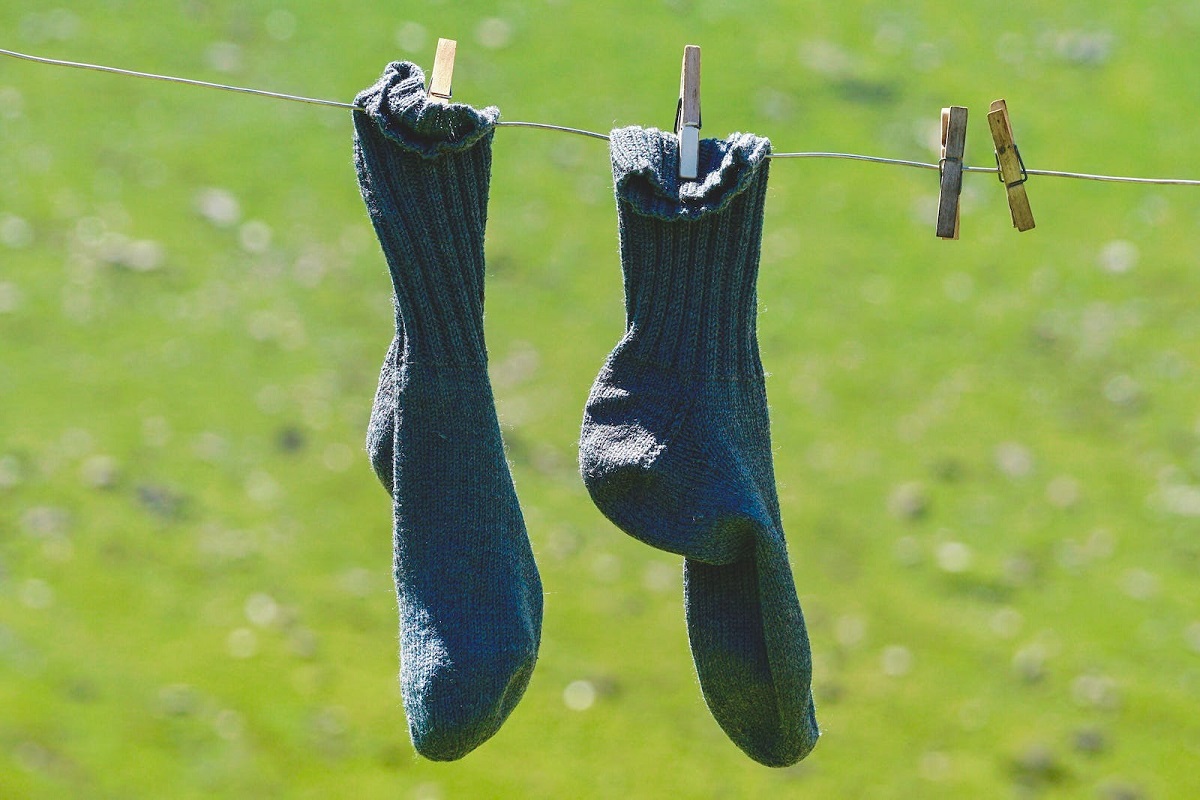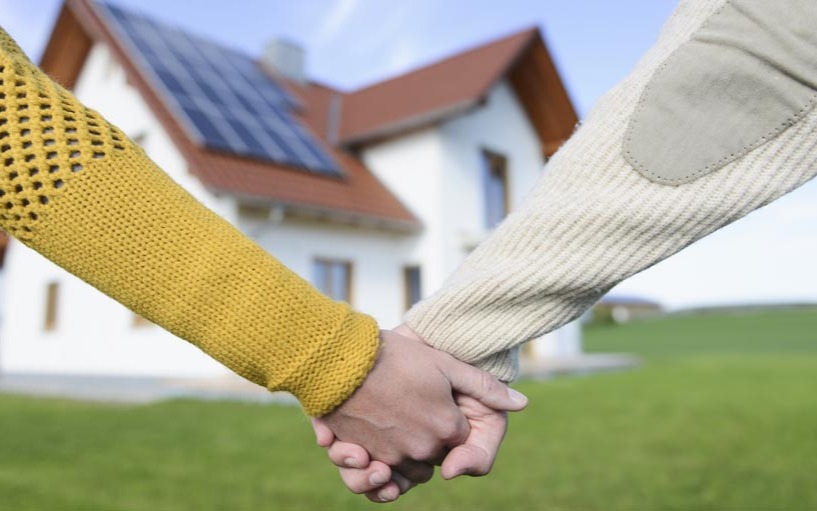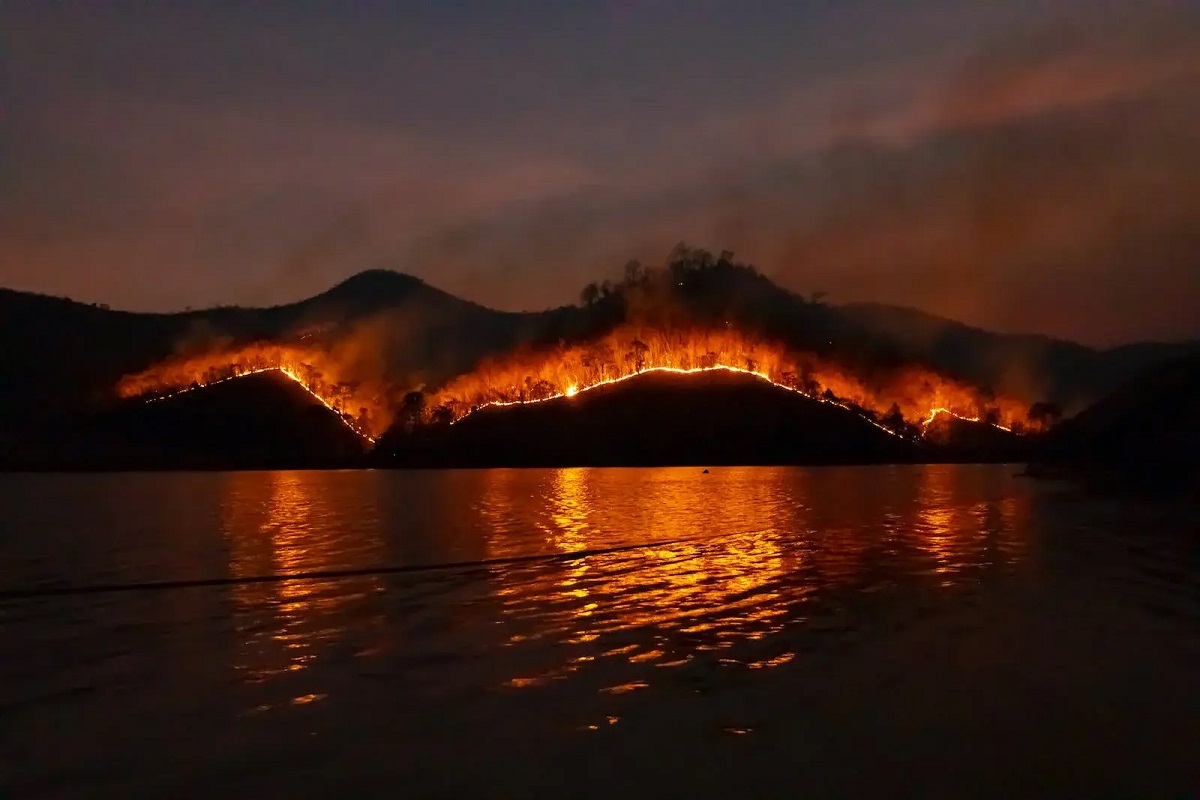
Tame your fire fears by making your home unappealing to flames
___
Published Date 10/18/2023
When fire hits trees and grasslands, it takes on a life of its own and stopping it is no easy task. With the wildfire season now in full swing, if you live in the American West, fireproofing your house should likely top your list of outdoor chores.
Realtor.com’s Larissa Runkle, who has now lived through several seasons of Colorado wildfires has learned what is—and isn’t—effective in home preparedness, and offers this: “A quick note to those who might be panic-scrolling when fires are in the area: Wildfire home preparation isn’t something to do when a fire threat is imminent. If that’s your situation, immediately check in with local authorities and prepare for an evacuation.”
So how about a to-do list for those who aren’t in immediate danger of a fire but rather want to harden their home in the event of future fires? While you can’t fully fireproof your home, making it less susceptible to fire can help shore up vulnerable areas.
First, look up — because when optimizing your home for protection from a wildfire, the first thing to consider is where a fire is most likely to start: your roof.
“Burning embers ignite 90% of all structure fires,” says meteorologist/survival expert Bruce Jones. “Frequently propelled by fiery winds of 30 to 80 mph, embers can lodge under roof shingles or blow inside roof and eave vents, igniting your home.”
He suggests investing in components with a Class A rating to harden your roof. These come in various materials, including metal, concrete, clay tile, or even fiberglass and asphalt shingles. These materials are not inexpensive, but they’re a worthy investment that might save your home from catching fire.
Embers also love to linger in vents and even blow into an attic or crawl space. This can lead to homes catching fire from the inside out. To take protective measures to address this issue, install flame- and ember-resistant vents. These vents protect against ember casts and direct flame impingement. But be sure to consult with a contractor or architect before installing ember-resistant vents to ensure that your home will still have adequate ventilation.
Your gutters need you now. It may sound simplistic, but making sure your gutters are clean and empty can limit the topic of limiting flammable material near your roof system. One fire damage and restoration expert Runkle consulted with said this:“Removing organic material from roofs and gutters eliminates potential fuel for sparks. This will help prevent embers from landing in debris-filled gutters and igniting.” And if you’re not a big fan of climbing a ladder, consider installing gutter guards instead.
It may sound like something from a sci-fi movie, but it’s wise to learn about “zone zero” — something wildfire experts use to refer to an imaginary 5-foot-deep perimeter around your home, ideally containing zero fuel sources. Look around your home, and see if there is anything resembling a “swarm of wood matches all landing here,” says expert Clark Stevens. Those potential matches could be combustibles (such as propane tanks) or flammable materials (think plants or wooden furniture). Remove them from your zone zero, placing them as far from the house as possible. And don’t panic about things that won’t ignite.
“No amount of wood matches will light a large wood surface that is not cracked or fuzzy,” says Stevens. “So don’t freak out about your wood siding; it will be fine. But do freak if you (still) haven’t replaced your wood shake roofing.”
Once your zone zero is established, focus on getting rid of any dry or dead organic material that could be a fuel source for fires, such as small trees like scrub oak and ground fuel like pine needles. Make sure to cut branches hanging over the roof. Then prune the rest of your trees to avoid a “flame ladder” —which is how fires climb up structures and ignite them. Prune branches at least 6 feet off the ground, minimizing the potential for a flame ladder.
Maintaining healthy soil and plants might sound more like gardening advice, but it’s actually one of the best things you can do to minimize fire risk. “Healthy soils (which require vegetative cover) hold moisture, and soil moisture reduces ignitions,” says Stevens. “So having a blank moonscape beyond your zone zero isn’t helpful.” No, wildflower preserves aren’t going to hurt your home’s wildfire protection, assuming they don’t rub right up against your house or contain tons of dead material. And don’t be tempted to start cutting down trees left and right, especially if they’re healthy. “It is impossible to set a healthy, native tree that’s well maintained (free of deadwood) on fire from the fire bees in the air,” says Stevens. “The embers fall through to the ground, so look at the ground first and avoid ignition there.”
Realtor, TBWS
All information furnished has been forwarded to you and is provided by thetbwsgroup only for informational purposes. Forecasting shall be considered as events which may be expected but not guaranteed. Neither the forwarding party and/or company nor thetbwsgroup assume any responsibility to any person who relies on information or forecasting contained in this report and disclaims all liability in respect to decisions or actions, or lack thereof based on any or all of the contents of this report.
DISCLAIMER: Any interest rates and annual percentage rates (APRs) contained in this publication are based on current market conditions and are for informational purposes only.
Unlocked rates and APRs are subject to change without notice and may have pricing add-ons related to property type, loan amount, loan-to-value, credit score and other variables—call for
details. Progressive Lending Solutions, Inc. Licensed in MN and WI.


Progressive Lending Solutions, Inc
Corporate
NMLS: 107620
Progressive Lending Solutions, Inc.
Corporate: 2277 Hwy 36 W, Suite 304, Roseville MN
Company NMLS: 107620
Office: 866-680-2840
Cell: 612-940-5230
Email: info@progressivels.com

Progressive Lending Solutions, Inc
___
Corporate
NMLS: 107620
Cell: 612-940-5230
Last articles
___

Homebuyers need patience as well as a strategy
5/28/2024
In some instances, buying a home in today’s market amounts to a lot more than ma... view more

What aspects of buying can homebuyers actually control these days?
5/17/2024
This market. Call it what you will, because today’s homebuyers no doubt have all... view more

Put a cork in it. Why not?
5/7/2024
It may just be one of the best-kept secrets around when it comes to renovating o... view more

Downsizing after retirement: A decision best made with careful consideration
4/16/2024
Retirement can be a happy time. Earning downtime not steeped in paychecks and li... view more

The latest in real estate fraud: Forgeries expertly aided by computer technology
4/5/2024
This new huckster practice is known as deed fraud or home title theft. It involv... view more

Water in your home: Like water under the bridge or a cut above?
4/2/2024
When poet Samuel Coleridge was speaking of water being everywhere without a drop... view more
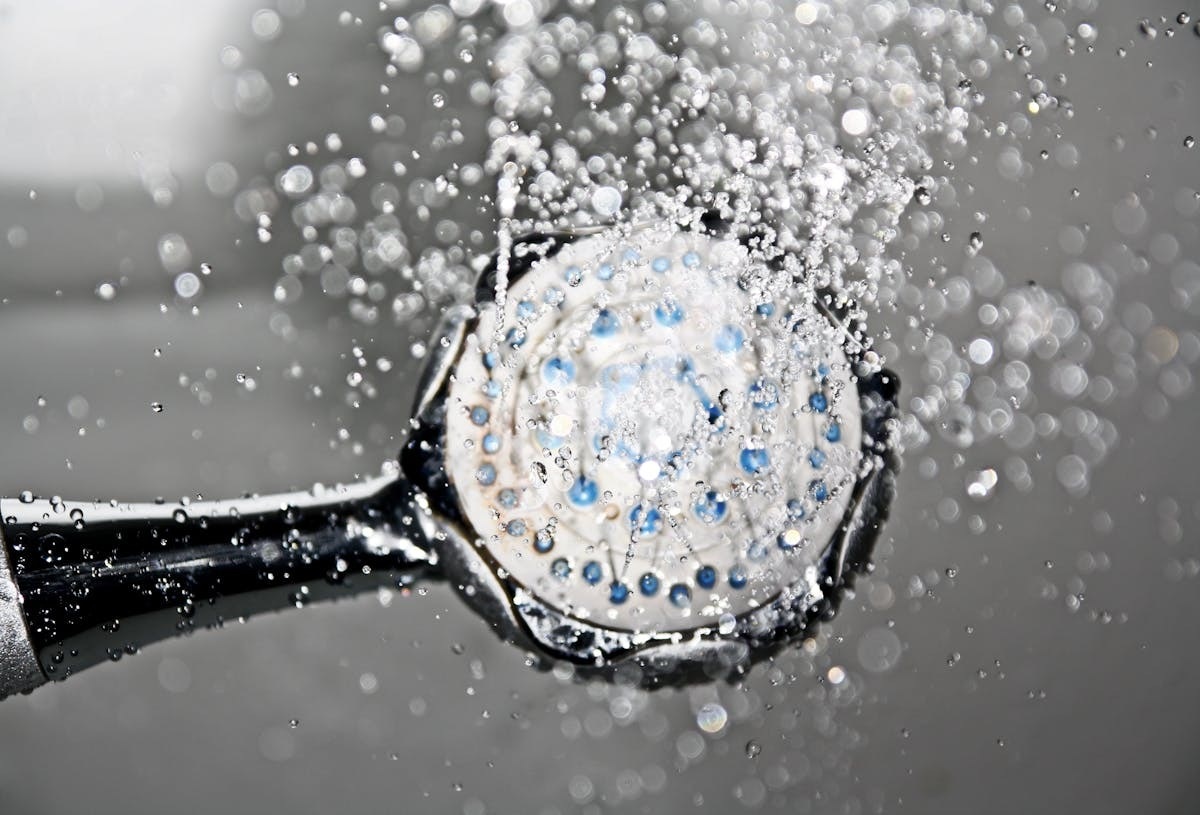
Great water pressure is no accident
3/26/2024
Water pressure is a big deal. Where we want it most, however, is in our homes, s... view more

Springtime open houses and quick decisions
3/11/2024
Things are looking up for real estate lately. Those who report the numbers are t... view more
Load more
 Progressive Lending Solutions, Inc.
Progressive Lending Solutions, Inc.





